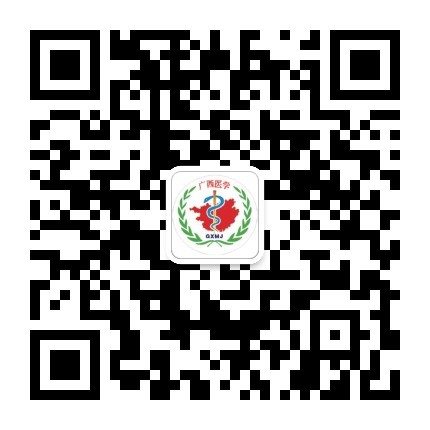目的 基于决策树模型和Logistic回归模型探讨2型糖尿病(T2DM)发生的影响因素,为早期筛查高危人群提供科学依据。方法 选取3 235例常规体检人群作为研究对象。应用SPSS26.0软件中决策树卡方自动交互检验和Logistic回归建立预测模型,比较两个模型的受试者工作特征曲线的曲线下面积(AUC)、灵敏度、特异度和约登指数。结果 共检出T2DM患者186例。决策树模型分析结果显示,年龄、体质指数、甘油三酯水平、收缩压、合并高血压情况和性别是T2DM发生的影响因素;Logistic回归模型分析结果显示,性别、年龄、体质指数、收缩压和甘油三酯水平是T2DM发生的影响因素;两种模型得到的结果基本一致。决策树模型预测T2DM发生风险的AUC为0.832,大于Logistic回归模型的0.800(P<0.05),两个模型的预测性能均良好;决策树模型的特异度(0.688)、约登指数(0.537)高于Logistic回归模型(0.626、0.481),Logistic回归模型的灵敏度(0.855)高于决策树模型(0.849)。结论 本研究构建的决策树模型和Logistic回归模型均可较好地预测T2DM的发生风险,实际应用中建议将两种模型结合,最大限度地发挥两种模型的优势,为进一步预防和治疗T2DM提供参考依据。
广西医学 页码:1656-1661
作者机构:孟继娴,硕士,研究方向为慢性病管理。
基金信息:沈阳医学院硕士研究生科技创新基金项目(Y20220515)
- 中文简介
- 英文简介
- 参考文献
Objective To explore the influencing factors for the occurrence of type 2 diabetes mellitus (T2DM) based on decision tree and Logistic regression models, so as to provide scientific basis for early screening of high⁃risk population. Methods A total of 3235 individuals with routine check⁃up were selected as the research subjects. The prediction model was established by employing the chi⁃square automatic interaction detector of decision tree and Logistic regression in SPSS 26.0 software . Area under the curve (AUC) of receiver operating characteristic, sensitivity, specificity, and Youden index were compared between the two models. Results A total of 186 patients suffered from T2DM. The results of decision tree model analysis revealed that age, body mass index, triglyceride, systolic blood pressure, concomitant hypertension, and gender were the influencing factors for the occurrence of T2DM. The results of Logistic regression model analysis indicated that gender, age, body mass index, systolic blood pressure, and triglyceride level were the influencing factors for the occurrence of T2DM. The results obtained by the two models were basically the same. AUC of decision tree model for predicting the occurrence risk of T2DM was 0.832, which was larger than that of Logistic regression model (0.800, P<0.05), and the prediction performance of the two models was favorable. The specificity (0.688) and Youden index (0.537) of decision tree model were higher than those of Logistic regression model (0.626, 0.481), and the sensitivity (0.855) of Logistic regression model was higher than that of decision tree model (0.849). Conclusion The models of decision tree and Logistic regression established in this study can favorably predict the occurrence risk of T2DM. In practice, it is recommended to combine the two models to maximize the advantages of the two models and provide reference basis for the further prevention and treatment of T2DM.
-
无




 注册
注册 忘记密码
忘记密码 忘记用户名
忘记用户名 专家账号密码找回
专家账号密码找回 下载
下载 收藏
收藏
